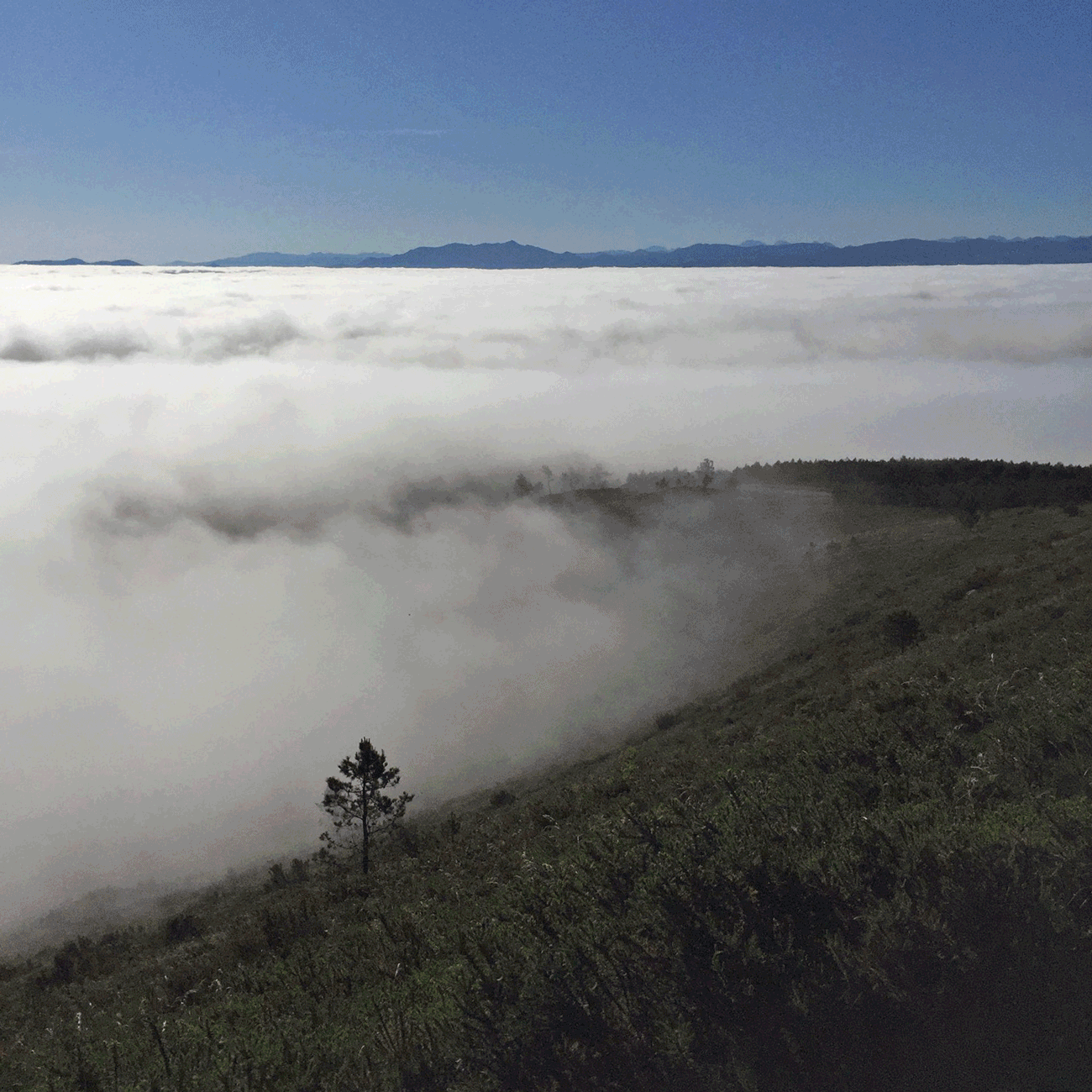In Luke Howard’s 1802 lecture ‘On the Modifications of Clouds’ he proposed three main cloud families, or ‘simple modifications’ as he called them, which he named Stratus, Cumulus, and Cirrus. These were intended as broad categories of cloud, and Howard summarised each briefly in his lecture. Stratus he defined as ‘a widely extended, continuous, horizontal sheet, increasing from below’, noting also that the lowest of all clouds fall into this group in the form of mist and fog. Cumulus he described as ‘convex or conical heaps, increasing upward from a horizontal base’. Within this family he included fair-weather Cumulus as well as thunder-bearing shower clouds, which we would now refer to as Cumulonimbus. Cirrus he described as ‘parallel, flexuous, or diverging fibres, extensible in any or in all directions’. But Howard’s insight was to conceive of a flexible system that would accommodate the ever-changing mutability of clouds by allowing these broad types to be combined for intermediate forms such as ‘Cirro-stratus’. Howard’s three families are today included as examples of the ten main cloud types – known as the cloud genera, which are defined in terms of their shapes, their altitudes and whether they’re precipitation bearing. Stratus, Cumulus, and Cirrus are therefore now on an equal footing with the likes of Cirrostratus, but Luke Howard’s names and descriptions from over 200 years ago were so well chosen and articulated that they remain essentially unchanged to this day.
Stratus (the low layer) was spotted by ‘Theepot’ over Tineo, Asturias, Spain. Cumulus (the higher individual clumps) was spotted over Dundee, Scotland by Stanley Henderson (Member 26,081). Cirrus (the high streaks) was spotted by Denise Clark Weston over Vancouver, Washington, US.




Thanks for using my photo in this post! I just saw a post about “virga” clouds, and was wondering if these clouds I spotted could also be called virga?